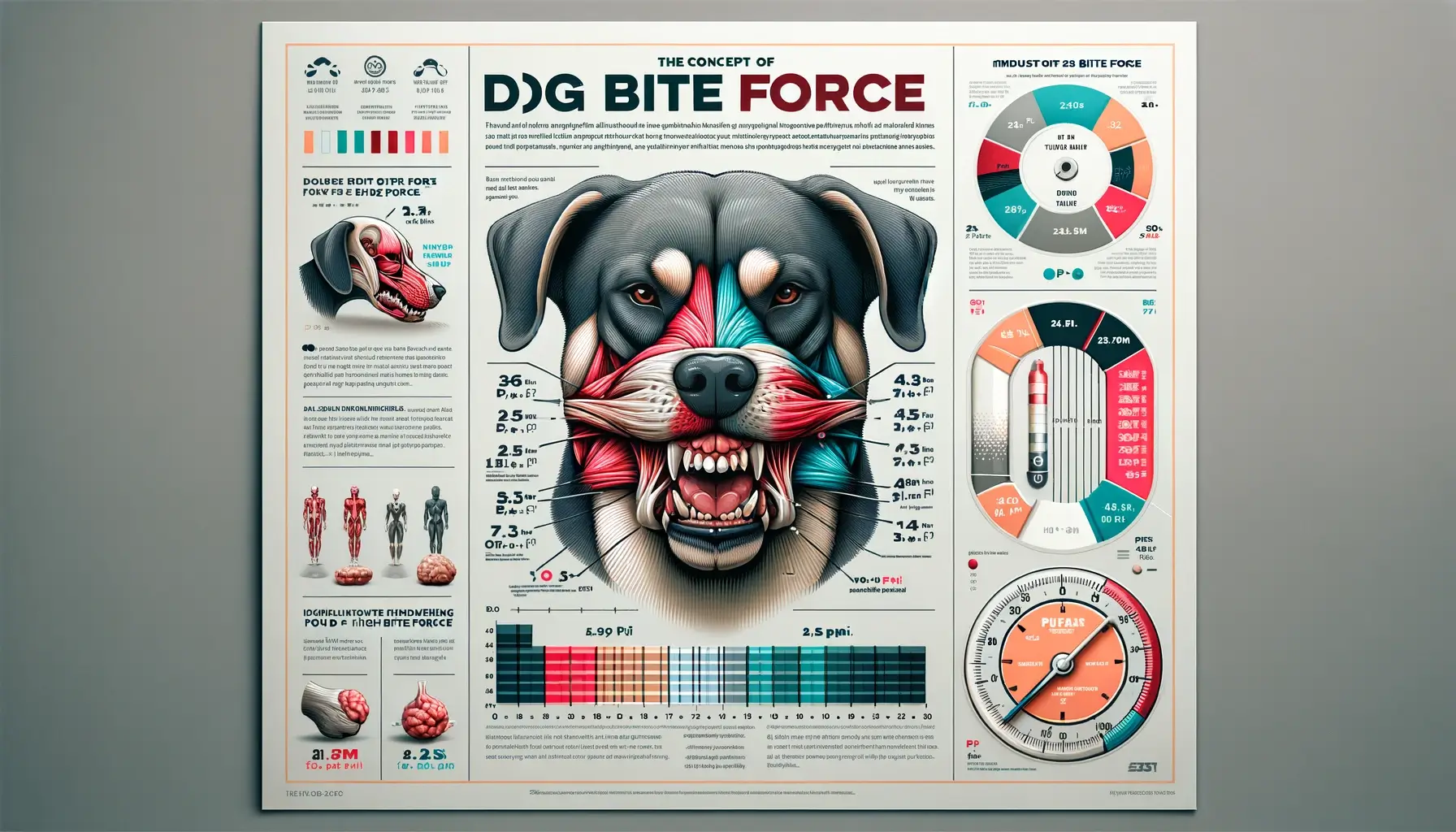What Dog Has The Strongest Bite Force – Comprehensive GuideThe Science of Canine Bite Force: A Comprehensive GuideWhat Dog Has The Strongest Bite Force – Comprehensive Guide

As a veterinary behaviorist with over 15 years of experience studying canine behavior and physiology, I’ve often been asked about the bite force of different dog breeds. This article aims to provide a scientific yet accessible exploration of canine bite force, its implications, and responsible dog ownership.
Understanding Canine Bite Force
Bite force, measured in pounds per square inch (PSI), is determined by several factors:
- Jaw muscle size and strength
- Skull shape and size
- Overall body size
- Tooth shape and arrangement

Dr. Emily Blackwell, Professor of Canine Behavior at the University of Bristol, explains: “While bite force can be an indicator of potential injury severity, it’s crucial to understand that a dog’s temperament, training, and socialization are far more predictive of bite likelihood than breed or bite strength alone.”
Top Dog Breeds with the Strongest Bite Force

Based on the most recent studies and measurements, here are the top 10 dog breeds with the strongest bite force:
| Rank | Breed | PSI Rating |
|---|---|---|
| 1 | Kangal | 743 |
| 2 | Bandog | 730 |
| 3 | Cane Corso | 700 |
| 4 | Dogue de Bordeaux | 556 |
| 5 | Tosa Inu | 556 |
| 6 | Presa Canario | 540 |
| 7 | Dogo Argentino | 500 |
| 8 | Wolfdog | 406 |
| 9 | Rottweiler | 328 |
| 10 | American Bulldog | 305 |

It’s important to note that these measurements can vary between individual dogs and studies. The American Veterinary Medical Association (AVMA) cautions against using such lists to judge a breed’s propensity for aggression.
The Science Behind Bite Force Measurement
Measuring a dog’s bite force accurately is challenging. Dr. Stanley Coren, Professor Emeritus of Psychology at the University of British Columbia, explains: “Most bite force measurements are estimates based on skull shape and size. Direct measurements are difficult to obtain and can vary based on the dog’s motivation and other factors.”
Research published in the Journal of Anatomy (2018) suggests that a dog’s bite force is also influenced by:
- Muscle fiber composition
- Jaw geometry
- Tooth sharpness and health
Bite Force vs. Aggression: Dispelling Myths
It’s crucial to understand that a strong bite force does not equate to aggression. Dr. James Serpell, Professor of Animal Ethics & Welfare at the University of Pennsylvania, states: “Breed-specific legislation based on bite strength is misguided. Factors like owner responsibility, socialization, and individual dog temperament are far more important in preventing dog bites.”
Preventing Dog Bites: Expert Advice
To reduce the risk of dog bites, regardless of breed or bite strength, experts recommend:
- Proper socialization during puppyhood
- Positive reinforcement training
- Regular exercise and mental stimulation
- Responsible ownership and supervision
- Teaching children how to interact safely with dogs
Dr. Sophia Yin, renowned veterinary behaviorist, emphasized: “Any dog can bite if pushed to its limits. The key is understanding canine body language and respecting their boundaries.”
Legal Implications of Dog Bites
Dog bite laws vary by jurisdiction. In many areas, owners can be held liable for injuries caused by their dogs, regardless of the dog’s breed or previous behavior. Some key points:
- Many states have “strict liability” laws for dog bites
- Compensation may cover medical expenses, lost wages, and pain and suffering
- Some areas have breed-specific legislation, though many experts argue against its effectiveness
Always consult with a local attorney for specific legal advice regarding dog bite cases in your area.
Conclusion
While understanding bite force can be interesting from a scientific perspective, it’s crucial to remember that responsible ownership, proper training, and socialization are the most important factors in preventing dog bites. All dogs, regardless of breed or size, deserve proper care, training, and respect.
FAQs
Q: Does a stronger bite force mean a dog is more dangerous? A: Not necessarily. A dog’s temperament, training, and socialization are more important factors in determining its behavior.
Q: Can bite force be reduced through training? A: While the physical capability remains, proper training can teach a dog to control its bite strength, often referred to as “bite inhibition.”
Q: Are smaller dogs less likely to bite? A: Size doesn’t determine likelihood to bite. Small dogs can be just as likely to bite as larger dogs, though the potential for severe injury may be less.
Share your experiences or questions about dog behavior and safety in the comments below. Your insights can help other dog owners and enthusiasts!
Disclaimer: This article is for informational purposes only and should not be considered veterinary or legal advice. Always consult with a qualified professional for specific concerns about dog behavior or legal matters.
Hi, I’m John and I love dogs. Ever since I was a kid, I always wanted to have a furry friend by my side. I grew up with a golden retriever named Max, who taught me a lot about loyalty, friendship, and fun. He was my best buddy for 12 years, and I miss him every day.
